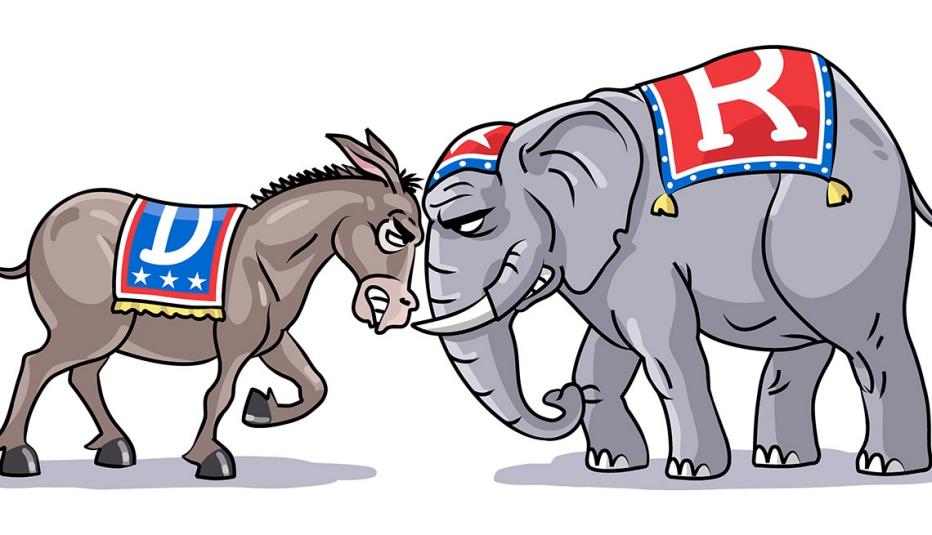AARP Hearing Center
An AARP survey of likely 2024 general election voters in 40 U.S. House districts shows that next year’s fight to control the House of Representatives will be fierce.


Key Findings
- The two parties are currently tied on the generic Congressional ballot in the 40 most competitive districts that are likely to determine which party wins.
- Voters 50-plus will be the deciding voter bloc in the battle to control the next Congress. Not only are they expected to be a majority of voters in battleground districts next year, they also report having significantly higher motivation to vote than younger voters.
- The survey data reveal that candidates, regardless of their party, could win votes by supporting policies that lower prescription drug prices, help older adults live independently at home, and support family caregivers.
- Four in 10 voters 50 and over are currently caring for a family member and have the potential to make the difference in close races. Current family caregivers are voting Republican on the Congressional generic ballot by an 11-point margin. Democratic candidates have an opportunity to win voters in this group by building on their reputational advantage of helping older adults live independently at home, while Republicans could defend their lead among these voters by speaking directly to the issue of independent living.
Methodology
A core sample of 1,200 likely 2024 general election voters ages 18+ were surveyed, along with an oversample of 552 likely 2024 general election voters ages 50-plus. The sample was weighted by age, gender, race, education, and 2020 presidential election result based on turnout in past elections.




























































